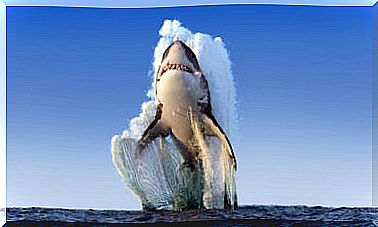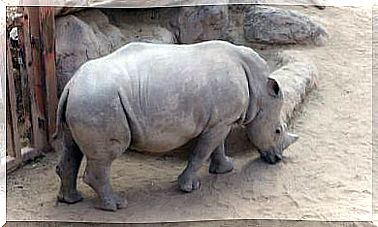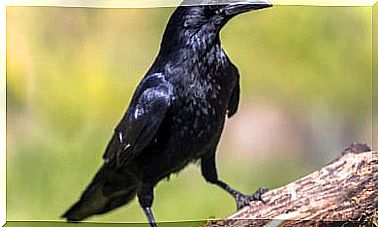The Senses Of Snakes

Sight, hearing or smell are some of the senses that make up the image we have of the world, but snakes have a special way of capturing the information that surrounds them, thanks to the incredible senses of snakes.
Senses of snakes: hearing
Snakes can dislocate their jaws and swallow large animals such as buffalo because their bones are not joined in the same way as mammals ; one of the sacrifices they have had to make is having a less developed sense of hearing.
Snakes lack external hearing and eardrum, leading many to believe that they were deaf animals. But the truth is that they have a bone known as columella auris , which is similar to the stirrups of mammals: the columella auris is wrapped in tissues and connected to the fluid of the inner ear, so it transmits vibrations.
Prey footsteps and other movements are captured by the entire body thanks to a keen sense of touch, especially if they support the lower jaw, which is in direct contact with the columella auris . In snakes, the senses of touch and hearing blur their differences to detect vibrations to the millimeter.
Senses of snakes: sight
The eye of snakes is very similar to that of other vertebrates, although snakes have an ocular escapement that molts next to the skin and is transparent, instead of an eyelid.
Some snakes, such as subterranean snakes, have primitive eyes that do not detect colors. Despite this, most snakes, especially diurnal ones, have round pupils with rods and cones, the cells responsible for differentiating details, light and color.
It must be remembered that snakes spend their lives glued to the ground, with many visual barriers in front of them. That is why a great sense of sight, such as that of raptors, is useless in these reptiles.
The secret weapon of snakes: heat
However, it is the detection of infrared light that makes some snakes true specialists in detecting prey. Snakes such as rattlesnakes, pythons or boas can detect thermal variations of up to 0.001ºC thanks to their thermo-receptor cavities.
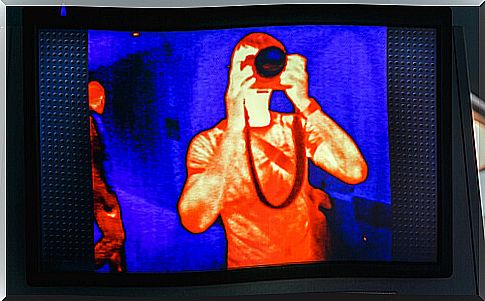
This makes thermoreceptive snakes able to detect prey and hunt it in complete darkness. This is the reason why for these snakes it is not useful to stay still to stop emitting vibrations, since although their sight is not so sharp, their heat detection makes them infallible.
Senses of snakes: smell
One of the most striking senses of snakes is smell; They have an organ known as the vomeronasal organ, also called Jacobson’s. It is present in many animals, including the human species, although many believe that it is not functional.
What this organ does is capture pheromones and other chemical compounds, many of which cannot be captured by the classical sense of smell. These compounds must contact directly with the tissue of the Jacobson organ to be detected, and are transported to it thanks to his tongue.
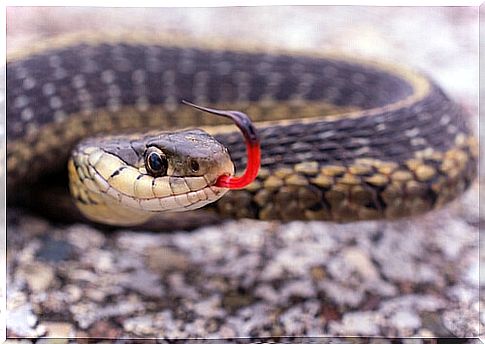
That is why we see how the snakes stick out their forked tongue to taste the air; Some believe that the forked shape of the tongue allows snakes to fine-tune the direction of chemical stimuli detected by the vomeronasal organ.
Therefore, although the senses of traditional snakes do not stand out for their sharpness, the detection of heat, chemicals and vibrations, makes them the perfect hunters.
It is important to note that most snakes are not dangerous for humans: they tend to flee from our presence as soon as they detect our enormous vibrations, and will only attack us if they have no other option. That is why snake attacks usually occur in accidents, such as if we step on them.
